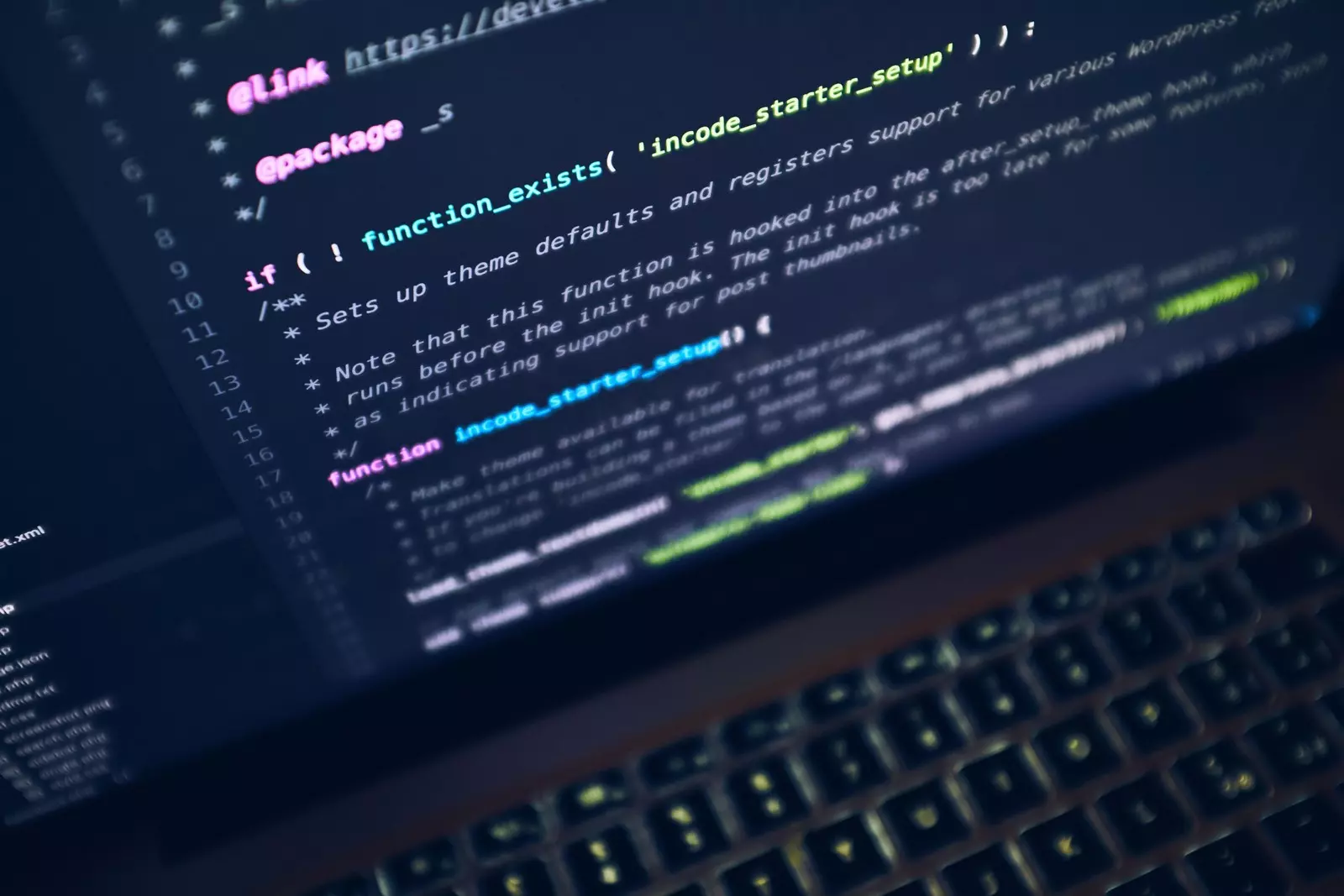-
Artificial intelligence (AI) is increasingly being used to aid research across the disciplines.
-
AI from British firm DeepMind is helping to restore ancient Greek texts.
-
Facial recognition technology is being used to identify Jewish people in photographs from WWII.
-
With AI, researchers from the Netherlands have discovered that the Dead Sea Scrolls were written by two people, not one person as previously thought.
Copyright: weforum.org – “6 ways AI is helping us learn more about our past – and future”

Artificial intelligence (AI) is usually associated with getting us to the future faster, but it can also be a powerful tool in uncovering the past.
Here are 6 ways the technology is being used around the world to help us understand the past and prepare for the future.
Thank you for reading this post, don't forget to subscribe to our AI NAVIGATOR!

An inscription showing Algorithm helping historians restore Greek inscriptions. Image: Nature.
1. Restoring ancient texts with AI
An AI algorithm called Ithaca is helping historians restore ancient Greek inscriptions.
Researchers at British AI firm DeepMind trained the algorithm on around 60,000 ancient Greek texts from across the Mediterranean that were written between 700 BC and AD 500.
On its own, Ithaca was able to restore the texts with more than 60% accuracy, according to New Scientist magazine. Working with historians, the success rate grew to more than 70%.
2. Identifying long-lost faces
Facial recognition AI is being used to identify people in World War II images of the Holocaust – the genocide of approximately six million Jews by the Nazi regime and its collaborators.
The project, From Numbers to Names (N2N), was created and developed by software engineer Daniel Patt in his own time, according to reports in The Times of Israel. A descendant of Holocaust survivors, he now works for Google and the N2N now includes software engineers, data scientists and researchers.
The site scans more than 34,000 photos made available by the United States Holocaust Memorial Museum and provided by families.[…]
Read more: www.weforum.org


Artificial intelligence (AI) is increasingly being used to aid research across the disciplines.
AI from British firm DeepMind is helping to restore ancient Greek texts.
Facial recognition technology is being used to identify Jewish people in photographs from WWII.
With AI, researchers from the Netherlands have discovered that the Dead Sea Scrolls were written by two people, not one person as previously thought.
Copyright: weforum.org – “6 ways AI is helping us learn more about our past – and future”
Artificial intelligence (AI) is usually associated with getting us to the future faster, but it can also be a powerful tool in uncovering the past.
Here are 6 ways the technology is being used around the world to help us understand the past and prepare for the future.
Thank you for reading this post, don't forget to subscribe to our AI NAVIGATOR!
An inscription showing Algorithm helping historians restore Greek inscriptions. Image: Nature.
1. Restoring ancient texts with AI
An AI algorithm called Ithaca is helping historians restore ancient Greek inscriptions.
Researchers at British AI firm DeepMind trained the algorithm on around 60,000 ancient Greek texts from across the Mediterranean that were written between 700 BC and AD 500.
On its own, Ithaca was able to restore the texts with more than 60% accuracy, according to New Scientist magazine. Working with historians, the success rate grew to more than 70%.
2. Identifying long-lost faces
Facial recognition AI is being used to identify people in World War II images of the Holocaust – the genocide of approximately six million Jews by the Nazi regime and its collaborators.
The project, From Numbers to Names (N2N), was created and developed by software engineer Daniel Patt in his own time, according to reports in The Times of Israel. A descendant of Holocaust survivors, he now works for Google and the N2N now includes software engineers, data scientists and researchers.
The site scans more than 34,000 photos made available by the United States Holocaust Memorial Museum and provided by families.[…]
Read more: www.weforum.org
Share this: